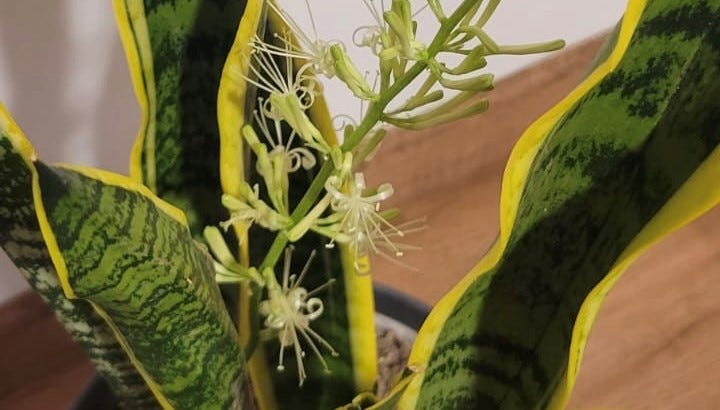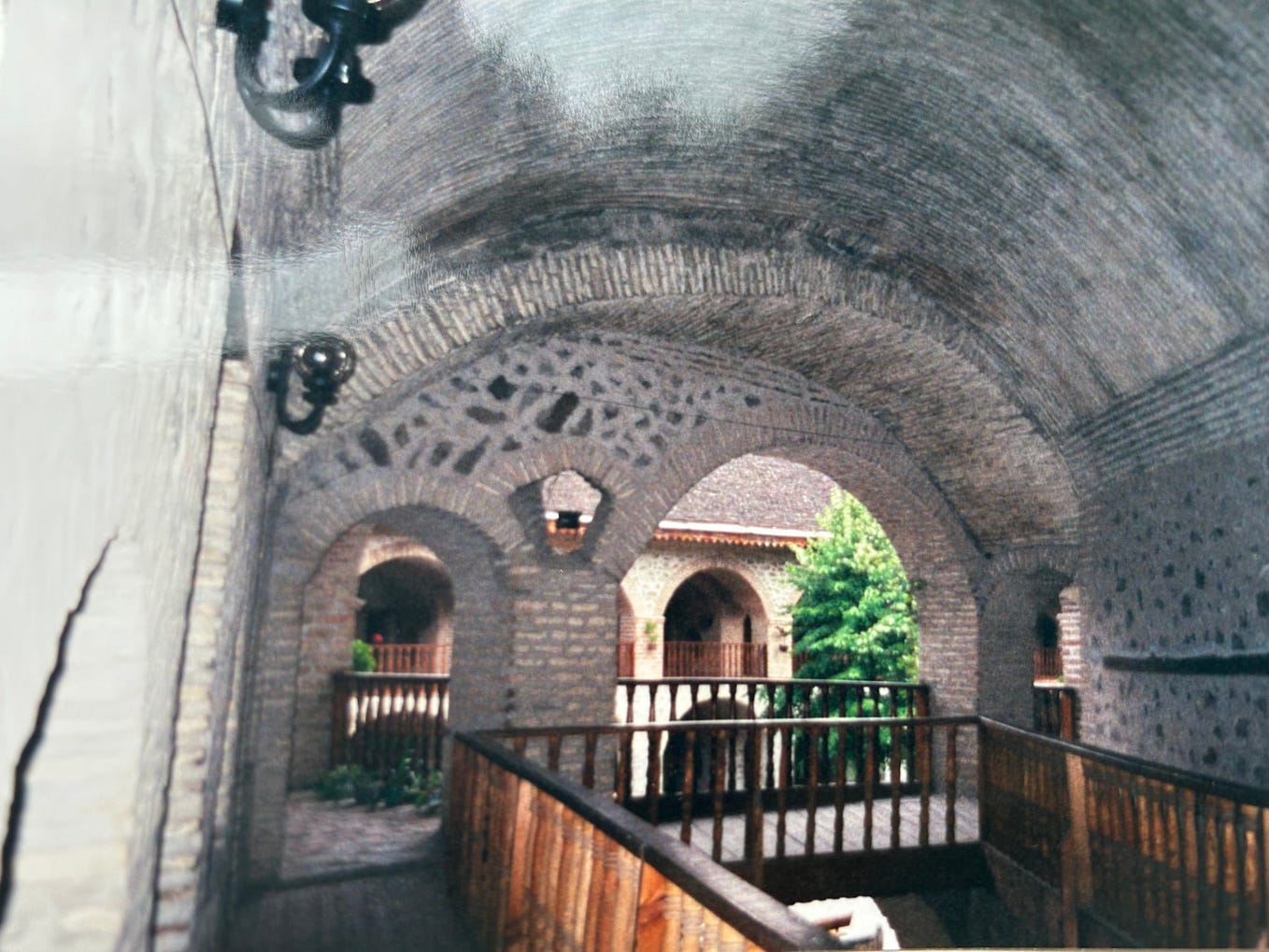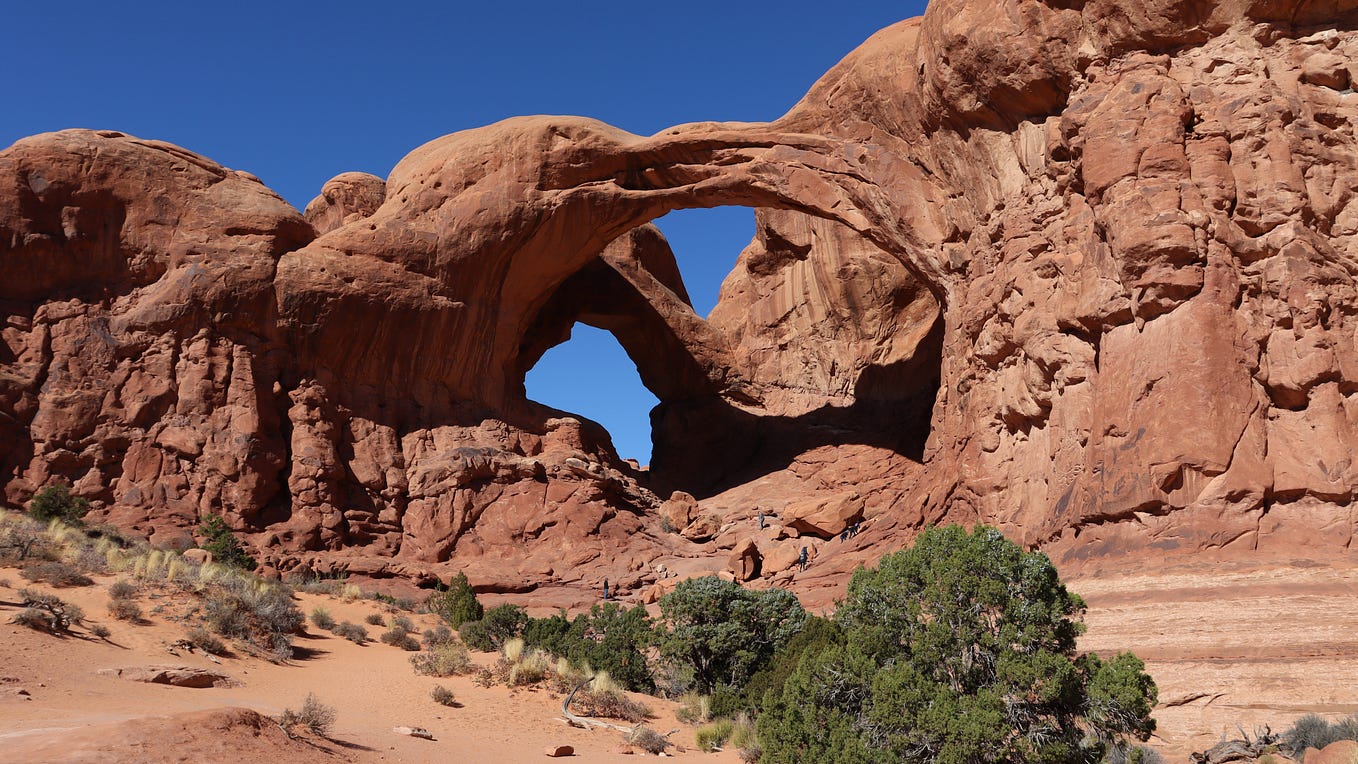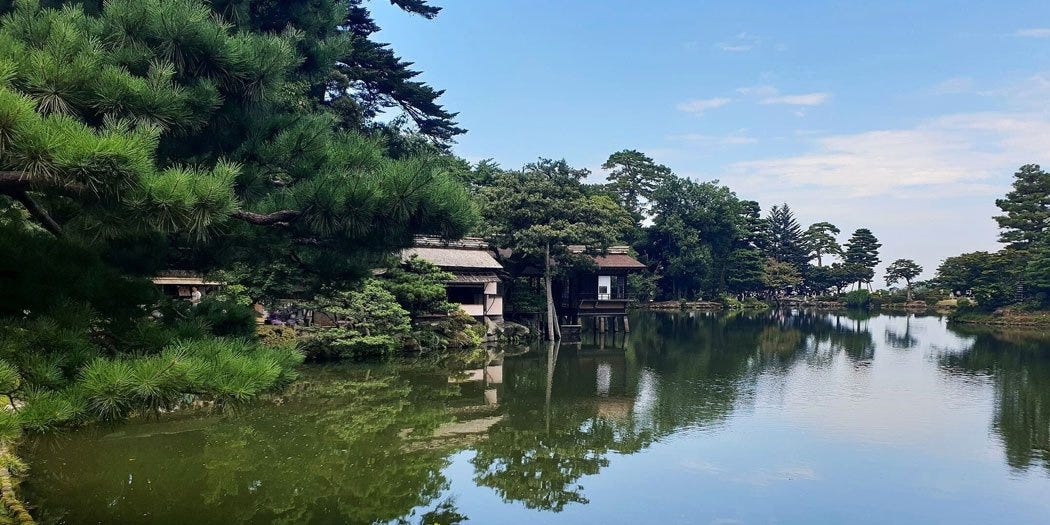Puno, Peru and the Floating Islands of Lake Titicaca
Unique communities on the world’s highest navigable lake
Our trip to southern Peru and Bolivia began with a flight from Lima to Juliaca. From my window seat, we enjoyed impressive views of the Andes Mountains.
From Juliaca, we caught a one-hour van ride to Puno, the largest city bordering Lake Titicaca. Altitude sickness quickly struck us both: headaches, breathlessness, nausea, and migraines.
Before arriving, I didn’t grasp how high up we would be and how intensely it would affect our bodies. Puno’s altitude is 3,827 m (12,555 ft.). That’s over twice as high as Denver, Colorado. It’s higher than other notably skyscraping South American cities like Cusco (3,399 m) and Quito (2,850). It’s even higher than La Paz, Bolivia (3,640 m), the world’s highest capital city.
Despite feeling weakened and sick, we loved our visit to Puno. This city of 128,000 has a calm, rustic feel. Every building we entered was full of handmade furniture, old paintings, and woven blankets.
We were lucky to be in town for an enormous parade. Hundreds of participants blared trumpets, banged drums, and danced in elaborate costumes.
From a lookout point above the city, here’s a look at Lake Titicaca. It’s a deceiving view because Puno borders a small, rounded nub of the lake. The portion of Titicaca shown here represents only around two percent of the lake’s total surface area.
Titicaca is unlike any other lake in the world. Bordering both Peru and Bolivia, it’s known as the world’s “highest navigable lake.” It’s the largest lake in South America and the 18th largest in the world, with a surface area of 3,232 square miles (8,372 km²).
Although it’s hard to imagine humans trekking to such an outrageous elevation in search of a place to live, Titicaca has a long history of indigenous settlements. Several indigenous populations still live around — and on — the lake.
The most famous residents of Lake Titicaca are the Uros People. The type of settlements they populate exist nowhere else — the Uros live on floating islands that they construct from totora, a sedge plant that grows in the lake’s shallows.
Most of the islands have arrangements with boat operators that bring tourists in for brief visits. My partner and I took one of these tours, which included a fascinating talk by the island’s president. He described how they build and maintain the floating islands.
Pardon me while I turn off my first-person travel writing mode to tell you a bit more about the Uros.
Hundreds of years ago, Lake Titicaca was within the Inca empire. Compared to the mighty Incas, the Uros were small and vulnerable. So, they conceived of floating islands as a unique form of isolation. They gathered totora reeds in the shallows, constructed islands, and floated them out to the center of the lake. This same strategy may have also protected them from Spanish conquistadors who forced Incas from the Titicaca region to work in Bolivian mines.
Island construction involves harvesting reeds, drying them, and then laying them in alternating directions. Eucalyptus rods run through the surface and into the lakebed to serve as anchors.
Until the 1980s, the Uros maintained a mostly isolated existence on the lake, living on fish, fowl, and eggs. In 1986 a storm badly damaged the islands, causing the Uros to resettle closer to the shore and request assistance from the mainland. Gradually, they became more connected with outsiders. In the 1990s, Peru’s President Alberto Fujimori gifted each island with two solar panels. By the early 2000s, tourism had become a major revenue source for the Uros.
Today, around 1,200 Uros (most of the population) live on around 120 floating islands. A few families live on each island.
The islands are in a constant state of flux. Every two weeks, a new layer of reeds must be added to the surface to cover up the wet, degrading layer underneath. Eventually, the bottom layers lose stability. Each island has a lifespan of around 25 years.
It’s possible that the magical world the Uros have built won’t last for many more decades. Their relationship with the totora plant is precarious, as they must constantly harvest huge quantities of reeds to maintain the islands. Additionally, Lake Titicaca is shrinking, like many lakes around the world. Meanwhile, increased contact with mainlanders and tourists may eventually erode the traditional way of life and result in the abandonment of the floating islands.
I’ll close this account of our visit with one of my favorite photos — a group of girls and women in traditional attire playing volleyball. This was on one of the natural, solid-ground islands where the Uros gather for shared activities.
For more excellent travel writing from South America and elsewhere, I recommend following Brad Yonaka.









